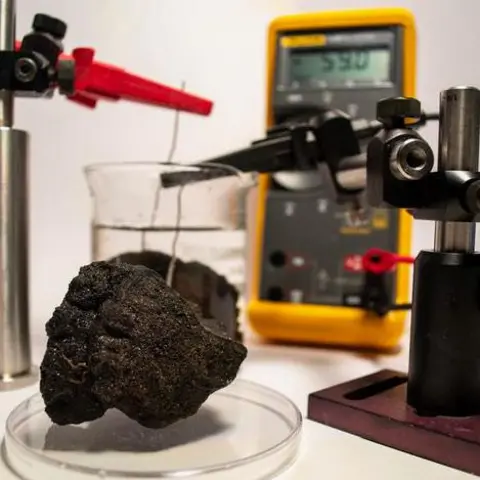"Dream, Dream, Dream! Conduct these dreams into thoughts, and then transform them into action."
- Dr. A. P. J. Abdul Kalam
"Dream, Dream, Dream! Conduct these dreams into thoughts, and then transform them into action."
- Dr. A. P. J. Abdul Kalam
25 Jul 2024
Scientists have found 'dark oxygen' created over 13,000 feet under the Pacific Ocean's surface. Aiming to study the seabed and its features in the Pacific Ocean focusing on the Clarion-Clipperton Zone, an international team of scientists undertaking the research ended up discovering polymetallic nodules on the deep-ocean floor producing oxygen. BBC reports that the research published in Nature Geoscience shows that oxygen on Earth comes from sources other than photosynthesis. The minerals were in the deep end of the ocean living in absolute darkness. This finding also challenges the previous notion that only photosynthetic organisms can generate Earth’s oxygen.
Andrew Sweetman, the study's lead author and a professor at the Scottish Association for Marine Science, told BBC, " I first saw this in 2013 - an enormous amount of oxygen being produced at the seafloor in complete darkness. I just ignored it, because I'd been taught - you get oxygen through photosynthesis."

(Source: Google Images)
Photosynthetic organisms are not the sole oxygen producer anymore ~ So far, experts have believed that photosynthetic organisms like plants and algae have the sole power to produce oxygen but the new finding opens up possibilities for another mineral altogether. Hailing it as “dark oxygen,” Andrew Sweetman, from the Scottish Association for Marine Science (SAMS), discovered the oxygen-yielding metallic minerals when he was undertaking ship-based fieldwork in the Pacific Ocean.
He added, "In the end, I realized that for years I'd been overlooking this huge discovery." Sweetman and his team conducted research on metal nodules in the deep sea between Hawaii and Mexico. These nodules have metals like lithium, cobalt, and copper, which people often use in batteries. The scientist found that the metal nodules could produce oxygen because they work like batteries.

(Source: Google Images)
Prof. Sweetman said, "If you put a battery into seawater, it starts fizzing. That's because the electric current is splitting seawater into oxygen and hydrogen (which are the bubbles). We think that's happening with these nodules in their natural state." "It's like a battery in a flashlight. You put one battery in, but it doesn't turn on. You put two in, and you've got enough power to light up the flashlight. So when the nodules are on the ocean floor touching each other, they work together - like multiple batteries," he added. Prof. Sweetman thought this dark oxygen discovery could help life on the seafloor. However new findings have brought up new worries about the risks of planned deep-sea mining projects. These findings have cautioned against conventional mining of metallic minerals as bacteria from 1980s mining practices had still not recovered. The researchers have gone so far as to claim that the total mass of polymetallic nodules in the Clarion-Clipperton Zone alone is enough to meet the global demand for energy for decades!